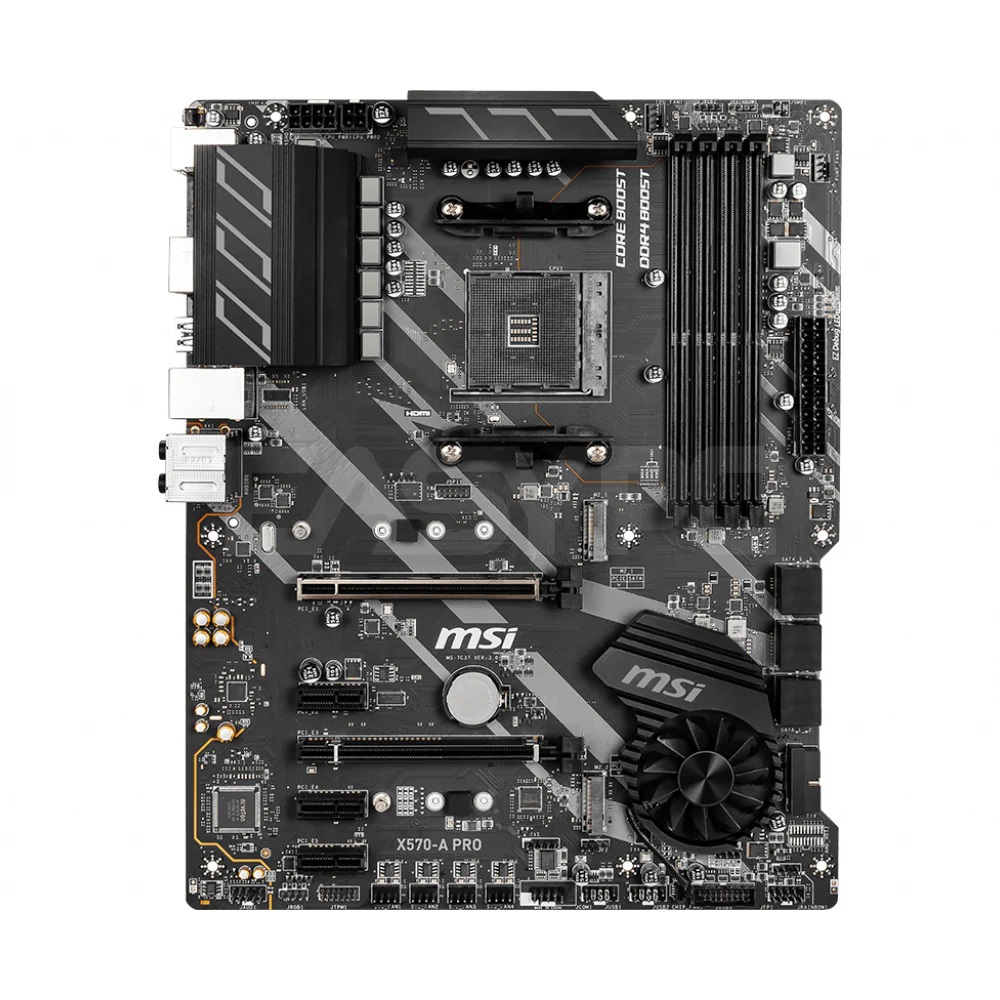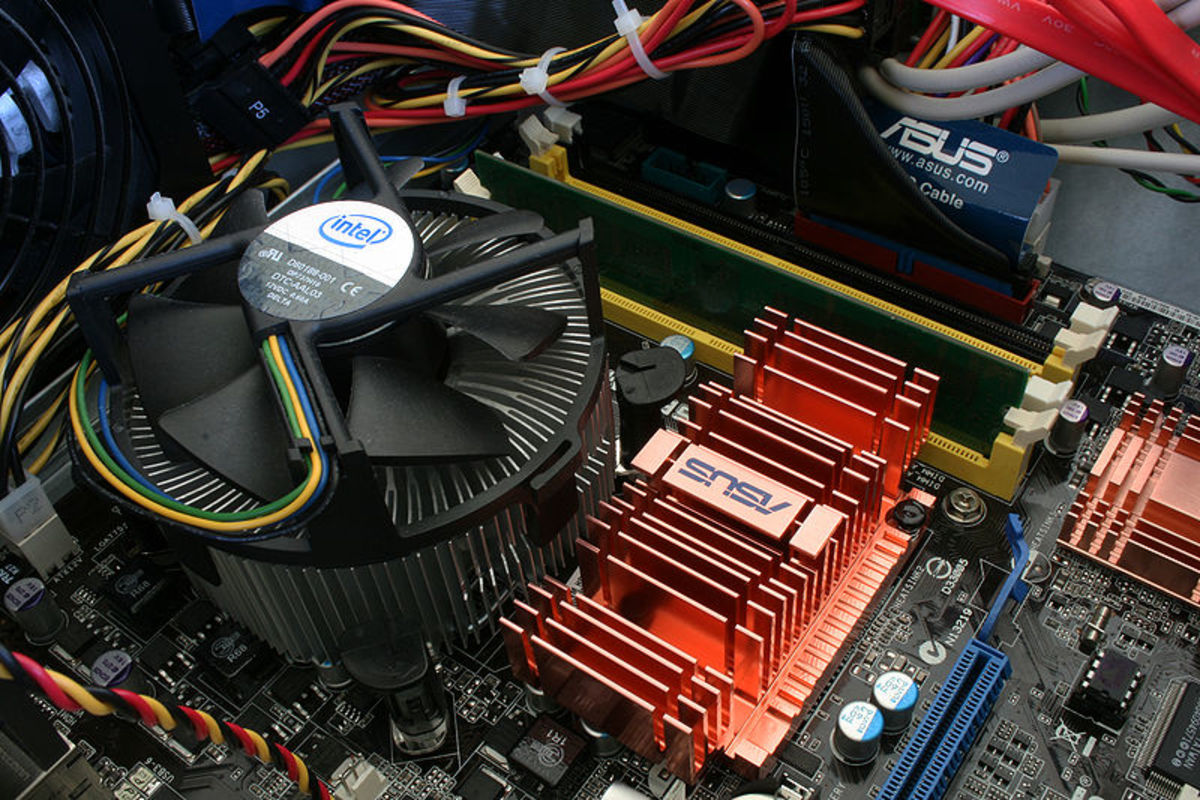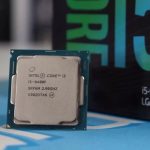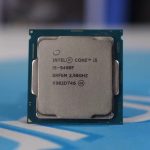As the epicenter of computer innovation, motherboards serve as the connective tissue of PC hardware, interfacing processors, memory, graphics cards, and other components. The future of motherboards is dynamic, influenced by the pace of technological advancements and consumer demand. In this article, we examine upcoming trends and emerging technologies poised to reshape motherboard design and functionality, forecasting enhancements in integration, efficiency, scalability, and user experience.
Towards a More Unified System
System-on-Chip (SoC) Developments
Motherboard evolution leans towards higher integration, with SoCs becoming more prominent. These combine the CPU, GPU, memory controller, and more onto a single chip. As SoCs grow more powerful, motherboards may shift focus from merely housing expansion options to integrating complex SoC solutions, potentially reducing the need for multiple discrete components and streamlining power consumption and form factors.
Enhanced Embedded Solutions
With advancements in embedded systems, future motherboards may feature more built-in capabilities such as AI processing units, high-bandwidth network controllers, and specialized accelerators. This integrative approach aims to increase performance while minimizing the need for additional hardware. These enhanced embedded features will be critical for applications in deep learning, IoT, and edge computing.

Power Management and Material Use
Refined Power Delivery
Power efficiency continues to be a focal point for motherboard innovation. Manufacturers are improving VRM design to offer precision power delivery, especially for CPUs and GPUs that dynamically adjust clock speeds. This efficiency not only conserves energy but also bolsters component lifespan. Future motherboards may incorporate advanced power-saving modes, akin to those in mobile devices, to optimize system power draw based on user activity.
Advancements in PCB Materials
Motherboard designs will likely embrace new, advanced materials to improve signal integrity, heat dissipation, and, ultimately, performance. Innovations may include PCBs with better conductive layers to reduce latency and increase data flow rates. Additionally, manufacturers could employ more sustainable or recyclable materials in response to the growing environmental consciousness among consumers.

Preparing for User Expansion
Modular Component Design
Looking forward, the concept of modular motherboards offers an intriguing potential trend. By utilizing swappable modules or blocks for core components like the VRM, audio, or even storage interfaces, users can upgrade specific parts of their motherboard without replacing the entire board. This flexibility caters to growing demands for customizable and upgradable systems.
Enhanced Interface Standards
As storage and peripheral needs evolve, so too must the connectivity solutions on motherboards. The future promises enhanced interfaces such as the progression from PCIe 4.0 to 5.0 and beyond, delivering greater bandwidth. For storage, we foresee mainstream adoption of next-gen protocols that surpass the capabilities of traditional SATA, allowing for faster data transfer speeds with lower latency.

Personalization and Diagnostics
BIOS and Software Evolution
The motherboard’s BIOS and accompanying software will become more intuitive and feature-rich, incorporating AI to assist in system optimization and troubleshooting. These developments will make the initial setup and fine-tuning processes more accessible to users of all levels, promoting a user-friendly approach to PC customization and performance management.
Advanced Diagnostics and Proactive Monitoring
Proactive system diagnostics that can predict and prevent potential failures before they occur will be a game-changer for future motherboards. Enhanced diagnostic LEDs, on-board OLED displays, or integration with external apps could deliver real-time system health reports and alerts, facilitating easier maintenance and minimizing downtime.

Embracing Wireless and High-Speed Networks
Wireless Technology Integration
As wireless connectivity becomes more predominant, future motherboards will integrate newer wireless standards offering faster, more stable connections. Technologies like Wi-Fi 6E and eventually 7, with improved bandwidth and lower latency, will become commonplace, negating the need for separate Wi-Fi cards. This move enhances not only the aesthetics of a clean build but also the functionality for a wireless-first environment, appealing especially to those with an on-the-go lifestyle.
High-Speed Network Capabilities
Motherboards will incorporate more advanced network interfaces to cater to the increasing network speeds provided by modern routers and ISP advancements. Multi-gigabit Ethernet ports will likely be standard, providing bandwidth necessary for streaming, professional-grade video conferencing, online gaming, and large file transfers, without the need for additional network cards.

Making Maintenance and Upgrades Easier
Streamlined Component Swapping
Manufacturers will likely prioritize user-centric designs that simplify maintenance and upgrades. Quick-release mechanisms for components such as RAM and PCIe slots could become more widespread, dramatically reducing the effort and tools needed to swap out parts. Features like these not only enhance the building experience but also entice users to keep their systems up to date with less hassle.
Innovative Cooling Solutions
Cooling remains a critical aspect of motherboard design, influencing performance and longevity. Future motherboards may adopt innovative cooling technologies such as integrated liquid cooling channels or heat-pipe designs that spread across the board. These solutions could provide more effective heat dissipation without relying solely on traditional fan-based setups, offering improved thermal management for overclocking and extended use scenarios.
Eco-Friendly Practices in Manufacturing
Greener Manufacturing Processes
The tech industry’s environmental impact is under increasing scrutiny. Motherboard manufacturers might incorporate greener manufacturing processes that reduce carbon output and waste. Recycling programs for older components and deployment of biodegradable or less harmful materials in production cycles can appeal to the environmentally conscious consumer, setting brands apart in a competitive market.
Energy-Saving Technologies
Motherboards of the future will likely emphasize energy conservation more than ever. Incorporating features like adaptive power management that adjusts energy use based on workload, and low-power standby modes, will help reduce the overall energy footprint of computing. By developing motherboards that are as energy-efficient as they are powerful, manufacturers can contribute to a more sustainable future while meeting consumer performance demands.
The motherboard landscape is set to transform radically. It is embracing emerging technologies. These technologies ensure faster connectivity. They also promise user-friendly designs for effortless personalization and maintenance. Additionally, environmentally conscious manufacturing practices are being adopted. These advancements position motherboards as the cornerstone of computer technology. They inspire new generations of devices. These devices are to be more capable, accessible, and sustainable.
The future of motherboards is one of convergence, where efficiency, scalability, and user personalization intersect in innovative, eco-friendly designs. Emerging technologies will challenge the traditional boundaries of these pivotal PC components. For enthusiasts, gamers, and professionals alike, the next wave of motherboards promises not just a platform for computing but a foundation for pushing the limits of what personal hardware can achieve.


